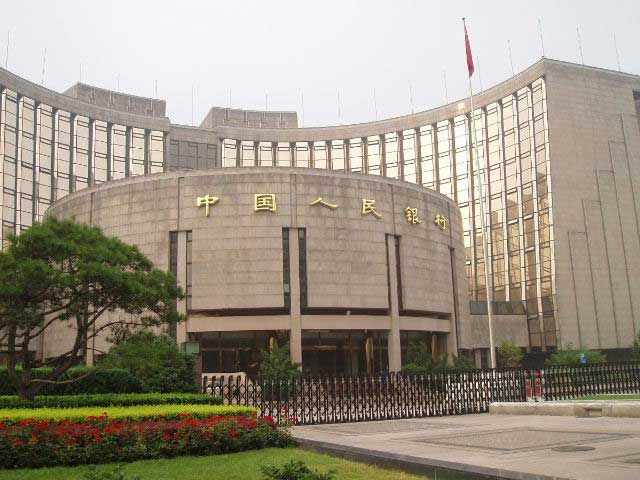Dumping Contaminated Water from Fukushima Plant Into Ocean – the Lesser Evil?
by Vladimir Odintsov, New Eastern Outlook:

In February this year, a number of media outlets reported that the Japanese authorities intended to drain more than one million tons of radioactive water from the Fukushima Daiichi Nuclear Power Plant into the Pacific Ocean. According to some experts, this method is the lesser evil because the ocean is able to dilute contaminated water, thus making it safe for people.
Nevertheless, this proposal has already caused discontent, both in Japan and in its neighboring countries.
The Japanese government has not yet officially announced this plan, but the intentions of the Shinzo Abe administration to follow through with this idea are becoming increasingly clear, especially considering the media campaign launched by the authorities in support of the proposal to release the contaminated Fukushima water into the ocean.
Let us remind the reader that 9 years have passed since the accident at the Fukushima power plant, but three of its damaged reactors are far from being dismantled. TEPCO, the operator of the Fukushima Daiichi nuclear power plant, delivered an ultimatum to the Japanese government demanding that it resolve the problem with radioactive water immediately. Every day, cooling the molten reactors at the Fukushima Daiichi nuclear power plant yields an additional 150 cubic meters of contaminated water containing tritium (a radioactive isotope of hydrogen) and other chemicals. The issue concerns the water originally used in the reactors’ cooling circuits during the disaster, and that used to cool the wrecked plant and the remaining fuel. A significant amount of water from underground sources flowing through the land towards the ocean is also being polluted. In total, TEPCO is currently storing 1.1 million cubic meters of radioactive water in one thousand special tanks on the territory of the nuclear power plant (NPP), but based on company’s estimates, it will run out of space for the contaminated water by the summer of 2022. TEPCO announced this in August 2019 and made a proposal to pump the contaminated water from the damaged Fukushima Daiichi NPP into the Pacific Ocean.
The operator has so far failed to convince local fishermen and residents that draining water from the Fukushima plant into the ocean is the best solution. All other ways of resolving the problem, according to TEPCO management, are difficult.
The Japanese government has also not responded as yet to TEPCO’s ultimatum, not only for political reasons, but also in view of the upcoming 2020 Olympic Games, which are scheduled to be held in Japan after Prime Minister Shinzo Abe’s assurances that the Japanese government had the situation under control after the Fukushima Daiichi accident. Stating that radioactive water would have to be dumped into the Pacific Ocean in the current climate would be an extremely unfortunate option today, as it would, at the very least, lead to a heated discussion about the health of athletes who will be arriving for the upcoming Tokyo Olympics. Surfers, for example, will compete for medals 250 kilometers south of Fukushima, at Tsurigasaki Beach on the Pacific Ocean.
It is no secret that leakages of Fukushima water into the ocean earlier on have already resulted in serious environmental problems, i.e. deposits of Cesium-137 on sandy beaches at a considerable distance from the plant. They were brought there by the current. This was discovered in September 2017 (i.e. six and a half years after the nuclear accident), when researchers from the Woods Hole Oceanographic Institution (USA) studied soil samples from a vast area around the nuclear power plant. The only saving grace was the fact that the region in question was uninhabited and there was no risk of radiation exposure.
There was another rather unpleasant incident for the Japanese authorities in 2018, when the owner of the Fukushima Daiichi NPP, the Tokyo Electric Power Company (TEPCO), was forced to apologize after admitting that its systems used to filter the water discharged into the ocean did not remove all hazardous materials from it.
In 2018, American wine from California was found to contain radioactive particles from the accident at Japanese nuclear power plant Fukushima seven years prior. This was reported by scientists of the French National Center for Scientific Research (CNRS) Michael Pavikoff, Christine Marquet and Philippe Hubert, who were studying batches of Californian red and rose wines from grapes harvested in 2009-2012 when they found Cesium-137 particles, a.k.a. radiocesium, in them. This is a man-made isotope formed by nuclear fission in nuclear reactors and nuclear weapons. In the wine produced after the accident at Fukushima Daiichi, the level of radioactive particles was higher than before the disaster.
Small amounts of radioactive isotopes of Iodine and Cesium were also found in vegetables grown in South Korea and in fish caught off the Japanese coast. This caused a crisis in South Korea’s long-established industry: the seafood trade. Based on analyses, one in four fish caught one kilometer from Ibaraki (the main town of the Japanese prefecture of the same name, situated north of the Fukushima NPP) was found to have a slightly higher cesium content than allowed. According to traders, the reports of radiation leaking into the sea led to a 50% decrease in sales of seafood products. As a result, South Korea’s government banned imports of products from the areas surrounding the Fukushima nuclear power plant. The authorities have repeatedly stated that all fish products from Japan are being thoroughly checked.
And these are just some of the cases covered by local and international media outlets.
The sheer scale of consequences stemming from the Fukushima disaster, as well as the previous Chernobyl accident, is such that the problems arising as a result cannot be resolved effectively and completely unless the best world experts are involved. Otherwise, incorrect decisions may not only cause undesirable environmental consequences and affect the health of people in the region, but also further undermine confidence in the nuclear industry. The current Japanese government still has faith in nuclear power and wishes to increase the amount of energy produced by NPPs by 20-22% before 2030.
On February 4, 2020, Japanese authorities held a meeting with embassy officials where they tried to convince the latter of the advantages of the plan to release radioactive water from storage facilities at Fukushima.
Loading...



